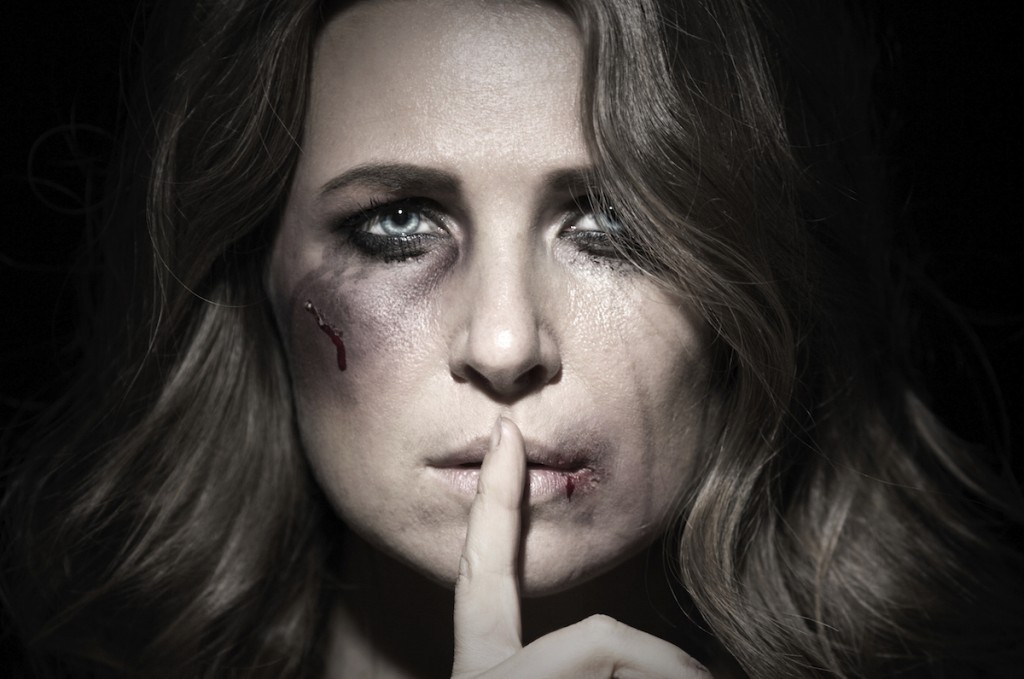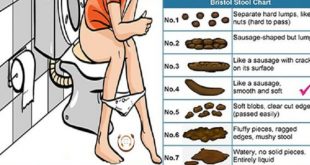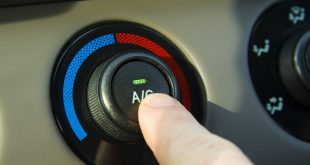
“We were in the lounge room when we heard Mum scream. We ran into her bedroom and saw him beating her with a baseball bat. Mum was on the ground and he was on top of her, hitting her over and over. We tried to stop him but he swung the bat at us so we couldn’t. We could see blood everywhere. It was terrifying.”
These are the words of Gabby O’Brien and they describe the night in 2012 when the then-15-year-old and her 12-year-old sister, Ashlyn, watched as their mum’s fiancé almost killed her at their Brisbane home. Simone O’Brien was 36 and hadn’t dated since separating from her husband seven years earlier, when she decided to join an online dating site. That’s where the mother-of-three met Glenn Cable.
“Everyone who met him thought he was lovely,” Simone says. “My son, Zac, 9, loved that he had someone to play ball with.”
Simone admits that she never felt a genuine closeness with Cable but was determined to make it work for the sake of her children. “Now look at me,” she says.
In the eight months that Simone and Cable were together, she says he never showed signs of aggression. He did become manipulative and controlling, though, deleting messages and contacts from her phone while she was jogging because “he didn’t want me to contact anybody”. Money often went missing from her wallet, too.
Weeks before the attack, Simone tried to end the relationship but Cable pleaded with her not to and surprised her with a proposal. She accepted, knowing it wasn’t right.
“He wanted to buy us a home and we’d picked one out,” Simone says. “The day of the attack, I’d found out he’d used a dodgy cheque to pay the deposit. I knew then that I needed him out of my life so I called him to end it once and for all.”
Cable’s response this time was to use her son’s baseball bat to beat Simone until she was unrecognisable. Had it not been for her neighbours, who raced into the house after hearing the children’s screams, he would have killed her. “He wanted to kill me, I have no doubt,” she says.
Instead, Cable broke her arm in two places, her jaw, nose, cheekbone and both eye sockets. He also shattered her skull and left her blind in one eye.
“My neighbour told me she was holding my face together until the ambulance came,” Simone says. It took her a month to wake from her coma.
An Australian Crisis
Sadly, stories like Simone’s aren’t rare. This year, 76 Australian women have been killed as a result of violence, and new research shows that one in four has experienced it at the hands of an intimate partner. Domestic violence is the biggest cause of death, ill health and disability for women aged 15 to 44 and the leading cause of homelessness for women and children.
“Violence against women is a devastating epidemic,” Libby Davies, chief executive of White Ribbon, a male-led campaign to prevent male violence against women, says.
Thankfully, it’s an issue that politicians and the community are now taking notice of, particularly as the 12th annual White Ribbon Day is marked this Wednesday. But has our social consciousness peaked now because the problem is getting worse or because more of us are speaking out?
Davies is certain it’s the latter: “We’ve broken down the silence around violence against women so people, women especially, are feeling more confident to speak out. There’s also now an expectation in the community that this scourge, which has largely been kept behind closed doors, won’t be tolerated.”
Research suggests that more victims are reporting family violence than ever before. Unfortunately, though, more than 80 per cent of sexual assault and domestic violence against women still goes unreported.

Why Is It Happening
By the age of 15, one in three Australian females has experienced physical violence, while one in five has been subjected to sexual violence, according to new figures from Australia’s National Research Organisation for Women’s Safety.
Karen Willis, from Rape & Domestic Violence Services Australia, says the underlying reason for this is gender inequity. “Domestic violence is gender inequity at its worst,” she says.
It’s not that men are innately violent. Rather, many of the masculine behaviours that are considered normal – telling sexist jokes, making derogatory comments about a woman’s appearance, seeing violence as a reasonable way of resolving conflict – inadvertently perpetuate violence against women.
“We know that the men who are most likely to be in a violent relationship are those with a real attachment to their macho masculinity,” Dr Michael Salter, a criminologist and gender violence expert from Western Sydney University, says. “It’s that masculinity that’s the problem. But that masculinity is also part of our culture, so overcoming it will require a whole community response.”
Solving The Problem
In the past, the onus has been placed on women to stay safe and avoid violence but Willis says this approach is all wrong.
“Instead of telling women not to wear this, not to go there, not to talk to strangers, or to lock their doors and windows, we should be saying to the blokes that it’s their behaviour that’s unacceptable,” she says. “What we need is for all men to step up and take responsibility so we can stop violence from happening in the first place.”
For men, this means actively challenging sexist and pro-violence attitudes and accepting that it’s these beliefs that create a culture of violence against women. They should also teach their sons to have a healthy sense of their own unique masculinity that’s free of outdated stereotypes.
“It’s important that women encourage the men in their lives who they know are ethical, respectful and value gender equity to be outspoken about the issue and continue to demonstrate what is the right way to behave towards women,” Willis says.
Women can also help each other in the simplest way. “One of the most important things that women can offer each other is an ear,” Salter says. “Simply being listened to and believed is such a crucial resource for a victim. Sometimes it can make all the difference.”
Willis agrees: “It’s men and women working together that will make the difference. Women can’t do it on their own and men can’t either.”
Violence Destroys Lives
“It’s important that we remind men that violence destroys what they want most of all, and that’s good relationships and to be proud of their role in families,” Salter says.
Violence also puts you behind bars, which is where Glenn Cable will stay until at least 2025, after he was sentenced last year to 15 years’ imprisonment for attempted murder.
It’s been three years since Simone was beaten and left for dead by a man she thought loved her. Her face is still disfigured, she requires treatment every fortnight and spends two hours every day dressing the wounds from her most recent surgery, which was to reattach her skull. She’s had so many surgeries, she’s lost count.
“I still can’t believe that someone could do this to another person. It makes me feel sick and so angry,” Simone says. “But women are living with this daily all over Australia and that has to change. I’d do anything to stop it from happening.”
If you’re experiencing sexual assault or family violence, or want to help someone who is, contact 1800 RESPECT (1800 737 732).
Source: bodyandSoul
 We are sharing information for knowledge. Presented by. SocialDiary.Net
We are sharing information for knowledge. Presented by. SocialDiary.Net



